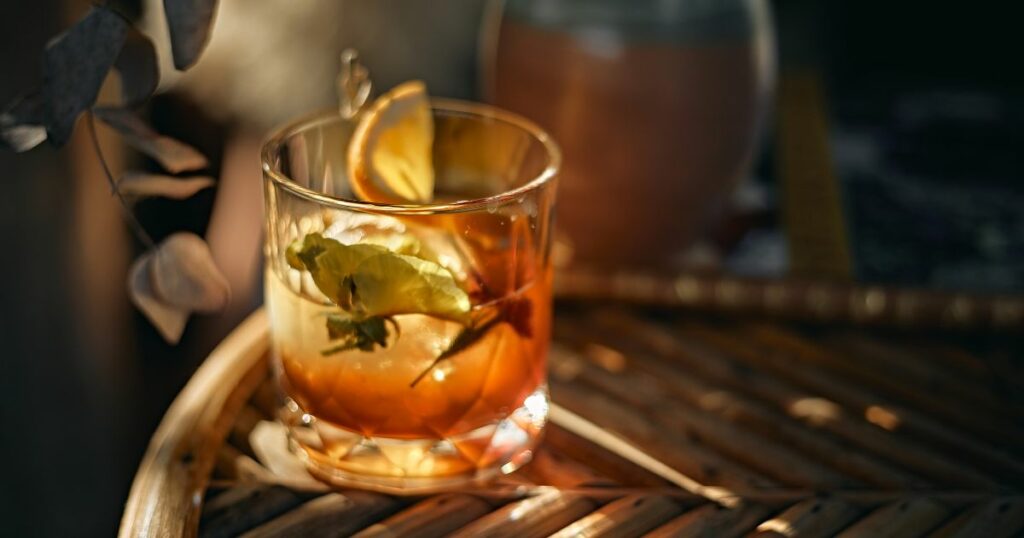Sherrie Moore History: Woman Power
Starting her career as a fresh college graduate in the Quality Control department at Jack Daniel’s, Moore was given a unique opportunity to peek into the workings of each department. This experience provided her with a comprehensive understanding of the industry and laid the foundation for her future success.
Over time, Moore’s dedication to learning and her innate ability to comprehend the intricate processes led to her mastering various aspects of whiskey and bourbon production. Her broad knowledge base and hands-on experience allowed her to gain invaluable insights into the production process, from distilling and barreling to bottling and quality control.
In what can be seen as a significant milestone in her career and a progressive step for the industry, Moore became the first woman to head a department in operations at Jack Daniel’s.
This achievement broke barriers and set a precedent for other aspiring women in the field.
But Moore didn’t stop there. Her relentless pursuit of excellence and her commitment to maintaining the highest standards of quality led her to become the master blender and producer that she is today.

Tennessee Whiskey vs. Traditional Bourbon
Sherrie has had her fair share of whisky and bourbon adventures, so, at this point, she really understands the difference between these two liquors. This is what she had to say:
Whiskey and bourbon are both popular spirits enjoyed by many around the world, but they have distinct differences that set them apart. This was officially recognized in 2013.
The government, however, still classifies Tennessee whiskey as bourbon because it meets all the necessary criteria. This includes being distilled below 160 proof, containing at least 51% corn, and being bottled between 100 and 125 proof without any additives. It also needs to be aged in new oak charred barrels.
However, there are two extra steps that set Tennessee whiskey apart. Firstly, it must be produced in Tennessee according to local laws. Secondly, it has to go through a charcoal filtering process.
In Tennessee, the charcoal used is usually from sugar maple trees because they are abundant, easily accessible, and produce the least ash.
This charcoal is made by cutting sugar maple into long sticks, which are stacked and left to season for about six months. This unique process contributes to the distinctive flavor of Tennessee whiskey.
So, while all bourbon is whiskey, not all whiskey is bourbon. The key differences lie in the ingredients used, the location of production, and the aging process.

Distinctive Flavor
Flavored whiskeys have gained popularity for their unique taste profiles. From smoky maple and vanilla to honey and chocolate toffee, these whiskeys offer a diverse range of flavors that cater to a variety of palates.
The distinctive flavor of a whiskey is its signature, the defining characteristic that sets it apart from all others. Sherrie Moore, with her wealth of experience and expertise, emphasizes this aspect of whiskey production as a crucial factor in its success.
Moore believes that creating a unique flavor profile for your whiskey is an art form. It goes beyond just the selection of grains or the distillation process. It involves meticulous attention to every step of the production process, from the fermentation of the grain mash to the aging in charred oak barrels and even the blending of different whiskeys.
She underscores the importance of the aging process, which significantly influences the final flavor of the whiskey. The type of wood used for the barrels, the duration of aging, and the climate of the aging warehouse – all these factors contribute to the distinctive taste and aroma of the final product.

Being Part of Bourbon History
Bourbon’s history is steeped in tradition and innovation. From the early pioneers to modern master blenders, each person contributing to bourbon’s development has left a mark on its history.
But being part of bourbon history isn’t just about the past. It’s also about the future. As we continue to experiment with new techniques and flavors, we’re writing the next chapters in Bourbon’s story, as Sherrie did.
And as we sip on this fine spirit, we’re not just enjoying a drink; we’re partaking in a piece of American history and contributing to its ongoing narrative.
Browse our articles to learn more about the exciting world of American Whiskey.
